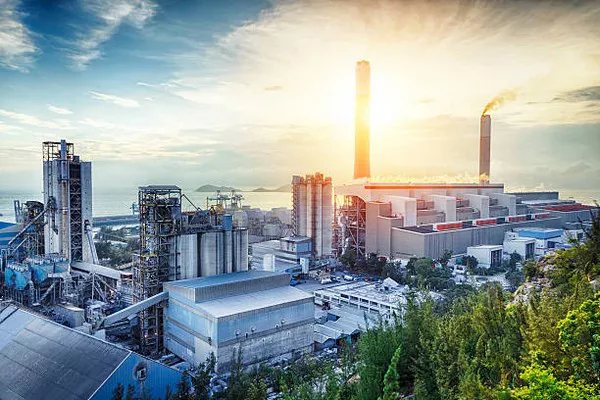California has been selected as the first state to receive federal funding under a new initiative aimed at establishing regional hydrogen networks, or “hubs,” designed to support clean energy production for vehicles, manufacturing, and electricity generation, officials announced .
The U.S. Department of Energy (DOE) will initially allocate $30 million to California for the planning and design phase of its Hydrogen Hub. Over time, the state could receive up to $1.2 billion for the project, which is central to the Biden administration’s strategy to combat climate change.
In October, the administration chose seven regions to benefit from a $7 billion program intended to advance hydrogen fuel technology. The initiative aims to replace fossil fuels like coal and oil with hydrogen, a versatile and clean energy source currently used in some vehicles and trains.
The selected hubs span 16 states and are projected to attract over $40 billion in private investment while creating tens of thousands of high-quality jobs, many of which are expected to be unionized, according to President Joe Biden. The clean hydrogen projects are crucial to Biden’s goal of achieving net-zero greenhouse gas emissions in the U.S. by 2050.
The hydrogen hubs will be established in California, Washington, Minnesota, Texas, Pennsylvania, West Virginia, and Illinois, with most hubs involving projects across multiple states. Notably, Pennsylvania’s hydrogen projects are split between two distinct hubs.
Frank Wolak, President and CEO of the Fuel Cell & Hydrogen Energy Association, described Wednesday’s announcement as a significant milestone. The DOE has successfully navigated a rigorous competitive process to reach this stage, securing funding for the hubs.
“This funding marks the start of a major infrastructure initiative and a substantial investment in the future of clean energy,” Wolak stated. “The hubs will each address unique needs, with California focusing on using hydrogen to decarbonize challenging sectors like transportation.”
Each hub will serve as a network combining hydrogen production facilities with industries utilizing the fuel, such as heavy transportation, alongside necessary infrastructure like pipelines and refueling stations.
Hydrogen can be produced in ways that generate minimal greenhouse gas emissions. According to the DOE, when used in fuel cells, hydrogen produces only water vapor and warm air, making it a clean energy alternative with significant environmental benefits.


